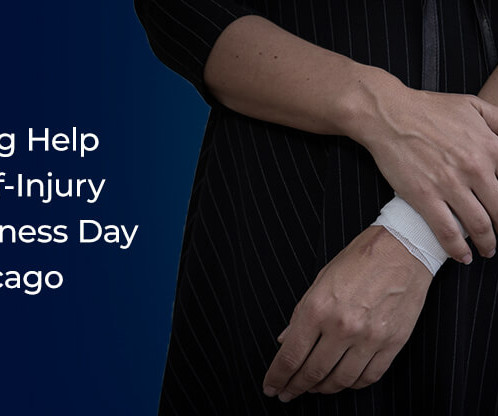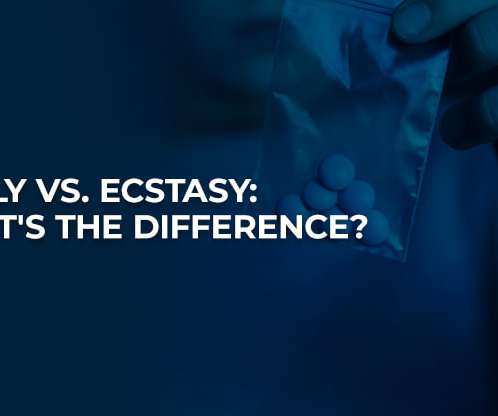Your Comprehensive Guide to Kids and Anxiety
Beautiful Voyager
JANUARY 10, 2025
million) have diagnosed anxiety For children aged 3-17 years with anxiety, more than 1 in 3 also have behavior problems (37.9%) and about 1 in 3 also have depression (32.3%) Among children living below 100% of the federal poverty level, more than 1 in 5 (22%) had a mental, behavioral, or developmental disorder. This causes lots of anxiety.












Let's personalize your content